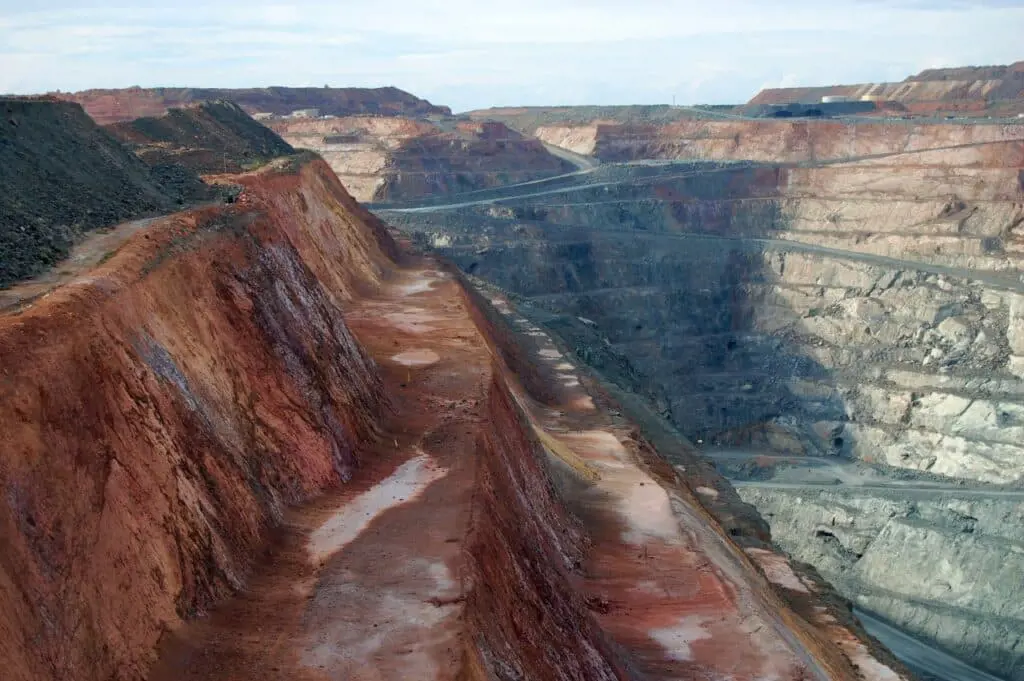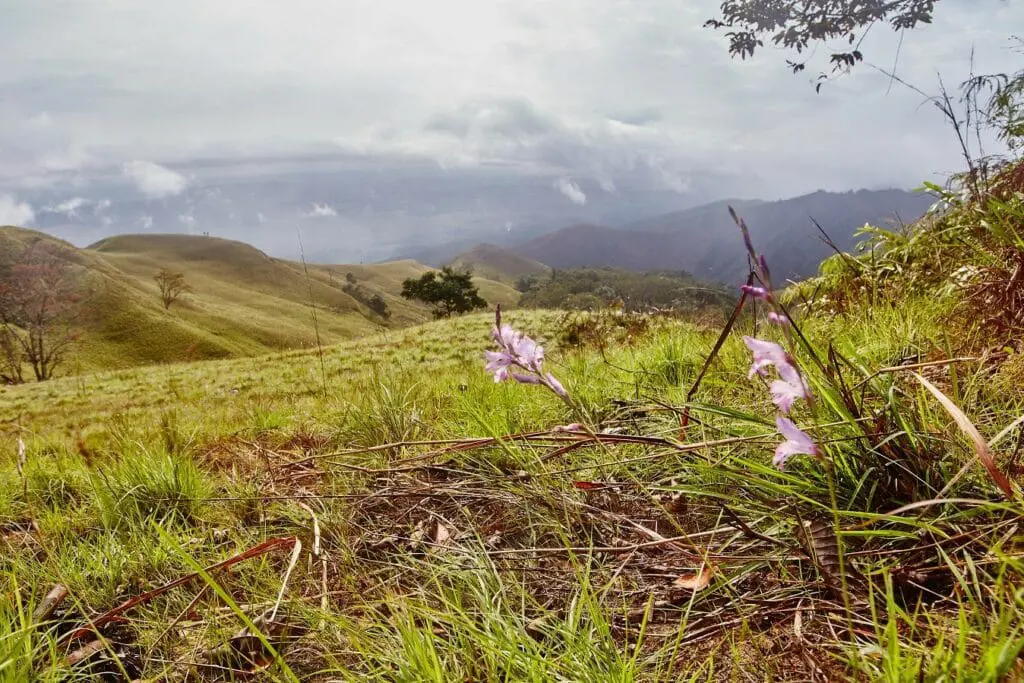Communities
Renewable projects on old sites create jobs, and in coal and other fossil fuel sectors, job losses are expected in coming decades as the world transitions to clean energy.
“When a mine closes, some of that site’s skilled workforce could be used in the construction and operation of a renewable asset, providing communities with options post mining,” Kyan said.
“That’s a much better outcome than a mining town losing a big part of its workforce when the mine closes.”
Greater energy security for communities is another positive.
“A new renewable energy project on an old mine site could help power homes in the region, as the Kidston project will do in far north Queensland,” Kyan said.
“This is particularly important in remote areas where the reliability of energy supply is an issue.”
Environment
Renewable projects at old sites have two main environmental benefits: first, providing a revenue stream for mining companies to invest back into mine-closure mitigation measures and ongoing land rehabilitation; second, the asset adds renewables to the energy mix, reducing reliance on fossil fuels.
“It’s a way for the global mining industry to play a bigger role in climate-change mitigation and adaptation,” Kyan said.
“This issue is ultimately about a social license to operate. Imagine if we can take a mine that produced coal or another commodity for decades and help it become part of a clean energy precinct.
“The disused mine wouldn’t just be an environmental liability to manage. Through renewables, we could start to think of it also as an asset.”
Best practice in renewables and mine-closure planning
1. Start early: Consider the potential of renewable energy assets within the mine-closure strategy. Encourage your board and management to ask questions about renewables within closure planning.
2. Be realistic: Construction of renewables may not be feasible in many mine closures. Much depends on the mine’s location and proximity to other energy infrastructure, the nature of the mine, and whether it suits various forms of renewables.
3. View renewables as complementary: The core task of mine-closure planning is to restore the environment as close as possible to its pre-mining status. Renewable assets from mine closures should be viewed as an additional benefit for companies and communities, not a substitute for the main environmental goals of mine closure.
4. Invest in research: Understand whether your mine site is amenable to solar, wind, hydro or other forms of renewable energy, and assess the feasibility of transmitting that energy to nearby communities through the energy grid. Analysis of any environmental implications of renewable infrastructure on the site is also needed.
5. Understand the regulatory/industry landscape: Identify if your mine is in, or near, a region that the government has deemed to become a renewable energy hub. Assess the availability of government grants to research building renewable assets. Determine companies in the energy sector that might be open to discussions about taking the project forward. Seek a specialist adviser.
6. Consider the ESG implications: Constructing a renewable asset can create jobs for local communities, reskill displaced workers from the mine closure, and enhance energy security in the area. Part of the revenue generated could be allocated to community or environmental issues, leaving a positive legacy after the mine closes and bolstering the company’s environmental, social and governance (ESG) performance.
7. Engage early: Proactive engagement with communities, government, industry and other stakeholders on renewables is vital in mine-closure planning. Does the community want wind and solar infrastructure on the mine site? Do other industries, such as farming, support the plan? What is the local council’s view?
8. Share lessons: The use of renewables in mine-closure planning is at an embryonic stage. It’s important for the mining industry to share knowledge and insights about the development of renewables – and the hurdles these projects face – on old mine sites.


